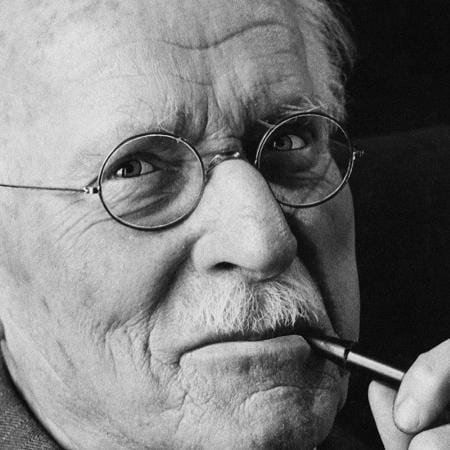 I want to start by saying that throughout this text, I will use the phrase Jungian archetypes for keyword purposes only. That phrase reduces the complexity and dynamism of the human psyche.
I want to start by saying that throughout this text, I will use the phrase Jungian archetypes for keyword purposes only. That phrase reduces the complexity and dynamism of the human psyche.
Carl Jung’s idea of archetypes aren’t fixed-number entities or distinct categories; they’re flexible, fundamental psychic patterns mirroring universal themes and experiences resonant in the collective unconscious. Instead of being static characters, archetypes are flexible psychic forms that shape our inner stories, adapting to personal experiences and cultural backdrops. They express themselves distinctively in everyone through dreams, narratives, and diverse life occurrences, representing essential human challenges and desires. We call those transformative life occurrences, archetypal thresholds of human experience.
 Consciously delving into those pivotal moments in our lives – those threshold experiences – invites us to grasp something essential: the concept of Jungian archetypes.
Consciously delving into those pivotal moments in our lives – those threshold experiences – invites us to grasp something essential: the concept of Jungian archetypes.
Jung himself embarked on a psycho-spiritual odyssey, uncovering the many-layered, interpenetrating realms within our minds. He presented to the world a gem of understanding – the notion of a collective unconscious.
This transcendent, self-sustaining reality, populated with its independent residents we know as ‘Jungian archetypes,’ stands as the bedrock of the human psyche.
Let’s take a moment here: when Jung talks about the ‘psyche,’ what does that really mean? Tracing back to its Greek roots, ‘psyche’ encompasses the soul, mind, spirit, or the unseen force that brings our physical bodies to life. It’s the quiet pulse of essence that, in so many ways, defines our very being.
Table of Contents - Jump To Section
Illuminating the Human Experience: Jungian Archetypes as the Wellspring of Our Collective Psyche
But Jung took it further; he saw the psyche as self-luminous – something radiant with its own light. Picture this: everything familiar and profound to us, every spark of human triumph, every shared fear or love, every deity we’ve revered, and every tale that’s passed from one generation to the next – they all spring from this well of the psyche, the realm of Jungian archetypes. It’s like an invisible thread stitched through the fabric of our experiences, tying together domains as diverse as art, science, dreams, myths, and the very foundation of civilizations.
Exploring Shared Spiritual Spaces: Jung’s Journey into the Collective Unconscious
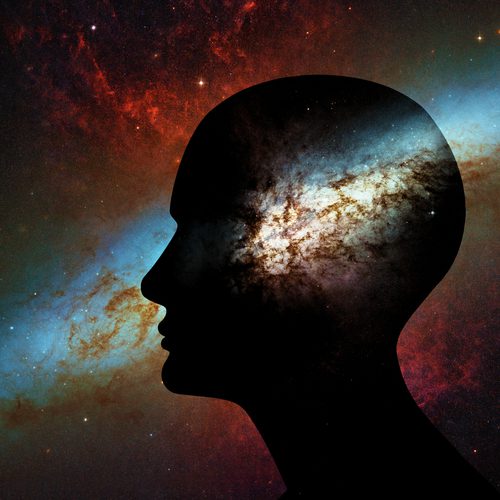 This isn’t just about individual spirit or understanding. Jung’s lifework peels back the layers, revealing the psyche as a shared spiritual space, an interior vast and rich, connecting us all. He didn’t just theorize; he journeyed into these depths himself, exploring the world of Jungian archetypes.
This isn’t just about individual spirit or understanding. Jung’s lifework peels back the layers, revealing the psyche as a shared spiritual space, an interior vast and rich, connecting us all. He didn’t just theorize; he journeyed into these depths himself, exploring the world of Jungian archetypes.
His experiences, meticulously chronicled in the pages of his famous Red Book, weren’t just his alone – they echoed the stories, struggles, and revelations that have been part of the human narrative across ages.
So, when we talk about understanding those life-altering threshold experiences, we’re really stepping into a larger, shared story, one that’s been written in the language of the psyche. We’re tapping into a narrative etched deep within us, one where we encounter shadows, wrestle with ideas, and come face-to-face with figures and emotions that have resonated through humanity’s collective heart and history.
Beyond the Physical: Jung’s Vision of the Psyche Mirroring Body’s Complexity
Jung drew a fascinating parallel between the human psyche and our physical form. Imagine, if you will, our minds, organically sculpted much like our bodies. Just as we all share a common physical framework – though each of us throws our unique spin on it – our psyches are cut from the same primordial cloth. We’re talking about the basic components here: the mental ‘anatomy’ and ‘physiology’ that play out behind our foreheads much like they do beneath our skin.
 So, what does that look like? In the realm of flesh and bone, anatomy refers to our body’s structure, while physiology dives into the nitty-gritty of how these parts function, right down to each chemical reaction that keeps our hearts beating and lungs breathing. This intricate dance of elements is constantly working toward a state of balance, or homeostasis. It’s a delicate equilibrium, and when something’s out of whack—say, a liver problem or a persistent migraine—it throws off our whole game.
So, what does that look like? In the realm of flesh and bone, anatomy refers to our body’s structure, while physiology dives into the nitty-gritty of how these parts function, right down to each chemical reaction that keeps our hearts beating and lungs breathing. This intricate dance of elements is constantly working toward a state of balance, or homeostasis. It’s a delicate equilibrium, and when something’s out of whack—say, a liver problem or a persistent migraine—it throws off our whole game.
Now, apply that concept to the psyche. Jung introduced the idea that our mental ‘anatomy’ comprises Jungian archetypes—universal motifs or themes that reside in our collective unconscious. These Jungian archetypes aren’t stagnant; they engage in a dynamic ‘physiological’ play that shapes our thoughts, emotions, and behaviors. And, akin to our bodies falling prey to illness or injury, our psyches can suffer archetypal wounds. These psychic afflictions don’t come with visible symptoms like a fever or a rash; instead, they manifest in psychological patterns that can trip us up in various aspects of our lives.
Jungian Archetypes and Healing the Psyche: Embracing Symbolism Over Quick Fixes in Therapy
Here’s where it gets profound: addressing these psychic disturbances isn’t about popping a pill or setting a bone. It’s about healing through symbolism, a language that our unconscious understands. This ‘soul-doctoring’ surfaces in various forms—perhaps through the narratives of fairy tales or the surreal scenes of our dreams, offering clues to mending the psyche’s deep-seated ailments.
 But don’t mistake this healing process for the more structured therapies like cognitive or dialectical behavior techniques. While the latter can be handy for managing symptoms—they’re the psychological equivalent of painkillers, if you like—they don’t quite cut it when it comes to profound, soul-level healing.
But don’t mistake this healing process for the more structured therapies like cognitive or dialectical behavior techniques. While the latter can be handy for managing symptoms—they’re the psychological equivalent of painkillers, if you like—they don’t quite cut it when it comes to profound, soul-level healing.
True psychological healing is transformative. It echoes the mythical journey of death and rebirth, reminiscent of those intense, transformative rites and rituals of old. It’s not just about swapping negative thoughts for positive ones.
This is healing with a capital ‘H’—the kind that serves a grander purpose, reshaping our inner worlds and, by extension, our outer lives. We’re talking about a journey that can fundamentally recalibrate how we experience and move through the world. And it all begins with understanding the archetypal landscapes within, those shared mental spaces that weave the human tapestry from one generation, one epoch, to the next.
Jung’s Antique Philosophy: Ancient Wisdom in Modern Healing
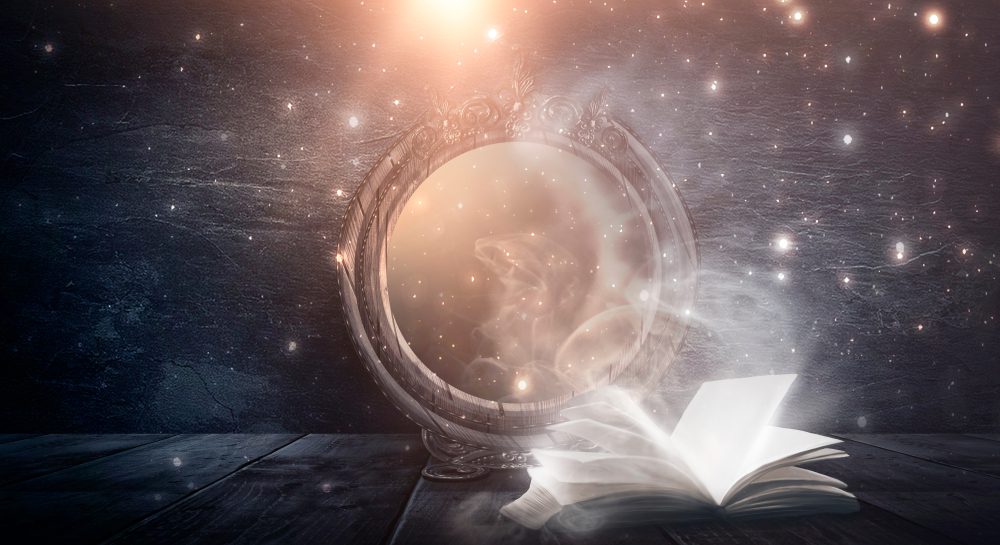 In a conversation that still resonates today, Carl Jung conveyed to Stephen Black a fundamental truth about his approach to psychic healing. This wasn’t the sterile, formulaic method often found in clinical settings, nor was it a quick-fix strategy synonymous with certain modern therapy techniques. No, Jung spoke of something ancient, something he termed ‘antique philosophy.’ It might sound abstract, even arcane, but its roots tap into the very marrow of human experience.
In a conversation that still resonates today, Carl Jung conveyed to Stephen Black a fundamental truth about his approach to psychic healing. This wasn’t the sterile, formulaic method often found in clinical settings, nor was it a quick-fix strategy synonymous with certain modern therapy techniques. No, Jung spoke of something ancient, something he termed ‘antique philosophy.’ It might sound abstract, even arcane, but its roots tap into the very marrow of human experience.
What Jung was getting at is this idea of learning through direct, often profound, personal experiences. And he wasn’t talking about gentle, gradual awareness. Sometimes, this kind of learning hits you like a bolt of lightning—startling, unexpected, and deeply illuminating. This ‘antique philosophy’ isn’t about bookish knowledge; it’s about connecting with a kind of timeless wisdom, the sort that has been part of humanity’s spiritual and cultural heritage for ages.
Dreams and Myths: Tapping Universal Wisdom for Holistic Healing
This wisdom bubbles up in our dreams, those stories we tell that seem to come from somewhere deep and universal. It’s there in myths and fairy tales, those narratives that have resonated across generations, cultures, and epochs. These aren’t just idle tales or random night thoughts. They are brimming with insights and lessons that have been with us since ancient times.
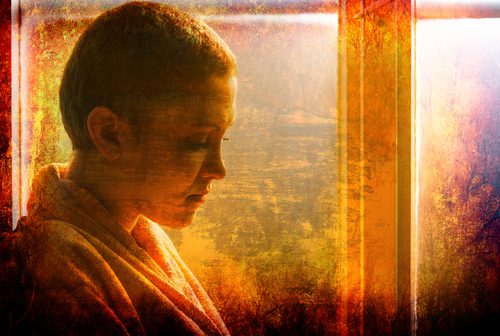 So, circling back to the healing process, Jung emphasized the transformative power of engaging with these dreams and tales. It’s a religiously healing journey—not in the traditional sense of following a specific doctrine or faith, but in reconnecting with the broader, deeper aspects of human experience and wisdom.
So, circling back to the healing process, Jung emphasized the transformative power of engaging with these dreams and tales. It’s a religiously healing journey—not in the traditional sense of following a specific doctrine or faith, but in reconnecting with the broader, deeper aspects of human experience and wisdom.
By exploring dreams and fairy tales, we aren’t just analyzing; we’re participating in a venerable, holistic form of healing that weaves through the fabric of our psyche. It’s about reaching into a well of knowledge that humanity has drawn from throughout its history, finding healing and understanding that’s as old as consciousness itself.
the metaphysic that recognizes a divine Reality substantial to the world of things and lives and minds; the psychology that finds in the soul something similar to, or even identical with, divine Reality; the ethic that places man’s final end in the knowledge of the immanent and transcendent Ground of all being, the thing which is immemorial and universal.
Jungian Archetypes: Navigating the Mystical Bridge Between Universal Myths and the Human Psyche
When we discuss fairy tales, myths, and dreams, we tap into something monumental, Jung suggests. These narratives don’t emerge randomly. They spring from what might be seen as existence’s foundation, a universal source underpinning everything. Jung named this profound origin the ‘psyche,’ beyond just our typical understanding of the mind. It’s a comprehensive ground of being within and beyond us, linking everyone to something larger and universal.
In ancient times, rites and rituals existed beyond mere formalities. They were transformative experiences, guiding the spiritually prepared through mystical transitions. These rites bridged our known world and the sacred essence beneath ordinary experiences. They’re about profound moments shifting our self and universal understanding, revealing the divine spark within each person.
The Quest for Inner Gold: Discovering Numinosity Through Jungian Archetypes
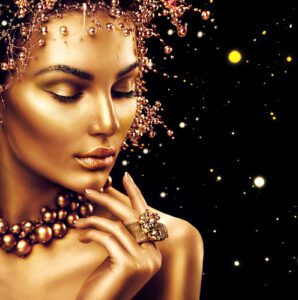 Alright, diving deeper into this concept, let’s talk about encountering something genuinely divine within ourselves. You’ve probably come across this theme in various myths or fairy tales—the idea of a ‘hard-to-find’ treasure. It’s not about stumbling upon a chest of gold; it’s a metaphor for a profound internal realization.
Alright, diving deeper into this concept, let’s talk about encountering something genuinely divine within ourselves. You’ve probably come across this theme in various myths or fairy tales—the idea of a ‘hard-to-find’ treasure. It’s not about stumbling upon a chest of gold; it’s a metaphor for a profound internal realization.
In psychology, particularly Jung’s perspective, finding this treasure means experiencing awe within our psyche’s layers. It transcends a mere ‘Eureka’ moment. It involves encountering a part of us that’s both potent and deeply spiritual.
Now, it gets more fascinating. Rudolf Otto introduced the ideal term for these encounters: ‘numinosity.’ Derived from ‘numen,’ it relates to experiencing immense spirituality or divinity. Envision emotions surging when facing something profoundly mysterious, feeling almost religious. Yet, ‘religious’ doesn’t mean adhering to rituals or beliefs of specific faiths here.
Instead, ‘religious’ in this sense refers back to ‘religio,’ implying a reconnection or re-linking. It’s about reacquainting with an inner part we’ve neglected. This piece is rich, soulful, and ignites awe and wonder, hidden deep inside.
This bond is deep, not merely superficial display. It’s not for show; it’s a significant ‘linking back,’ an inward journey. This voyage uncovers awe-inspiring facets of our essence. The exploration amplifies symbols from our dreams and stories, engaging in dialogue with our deeper self. It unveils realities and experiences that everyday consciousness often misses.
It serves as a passage to the spiritual, with the psyche as a mystical terrain. Here, we find these ‘treasures,’ extraordinary revelations of our inner numinous realm.
Jung’s Enduring Relevance: A Contemporary Look at Archetypal Influences in Psychotherapy
Shared Human Experience:
The notion that archetypes are universal rather than personal underlines the interconnectedness of human psychological experiences. In analysis, this perspective fosters a sense of solidarity and understanding among individuals, helping them recognize that their struggles are not isolated but part of a broader, shared human journey. This realization can be profoundly comforting and grounding, particularly in our fragmented modern society.
Individual Manifestations of Universal Themes
While archetypes themselves are universal, our encounters with them are highly individual, shaped by our personal experiences, culture, and environment. The analytic exploration of these personal manifestations can reveal how we’re uniquely positioned within a wider human narrative. This process helps individuals make sense of their lives in a larger context, providing a meaningful platform for personal growth and healing.
Dynamic Interplay with the Psyche
The interaction between these universal archetypes and our conscious experiences is dynamic and reciprocal. Archetypes inform our life’s narrative, while our personal experiences contribute shades and nuances to our individual expressions of these archetypes. In analysis, exploring this interplay can unravel complex internal conflicts and highlight paths to resolution and integration. Understanding how the ‘collective’ dimensions of our psyche influence our ‘personal’ reality guides analytic strategies, assisting clients in navigating personal challenges with enhanced insight.
Cultural Resonance and Adaptability
Because Jungian archetypes are universal but experienced individually, they allow for cultural adaptability. Jungian analysis honors cultural expressions and narratives, ensuring that analysis remains relevant and respectful of individuals’ cultural contexts. This approach is incredibly pertinent in our diverse, globalized world, demanding sensitivity to varying cultural expressions of universal human themes.
Personal Empowerment through Universal Insight
Understanding that one’s experiences reflect universal archetypes can be empowering. It encourages individuals to transcend the isolation of their subjective experiences, connecting them with something larger than themselves. This connection serves as a powerful catalyst for personal transformation, providing a stable, external point of reference for exploring and nurturing internal growth.
Enriching Modern Psychoanalysis
In contemporary analytic practice, recognizing the influence of archetypes on personal experiences enriches the analysis process. It allows therapists to tap into a reservoir of symbolic meaning. This resonates with clients on a deeply human level, transcending their own life boundaries. It offers a depth of exploration that goes beyond the symptomatic treatment, addressing the human condition’s core aspects.
The distinction between the universality of archetypes and individual experiences is fundamental in Jungian psychoanalysis. This understanding permits an analysis that is both universally resonant and intimately personal. It provides a transformative journey, acknowledging the depth of human experience in its full context. This journey remains as relevant today as it has ever been.

